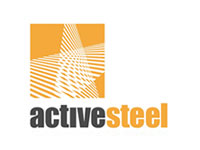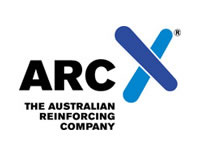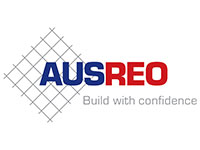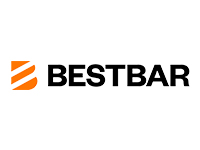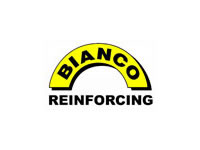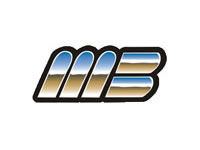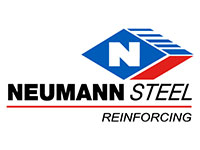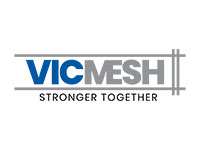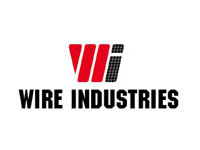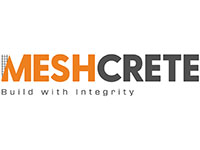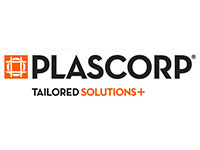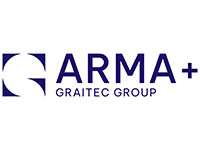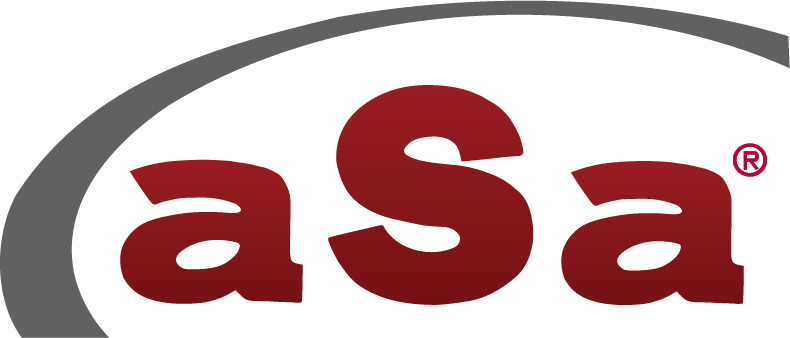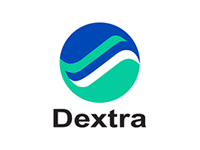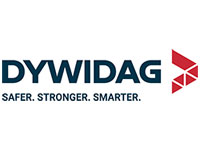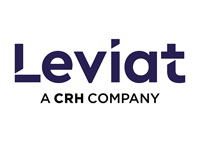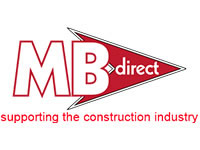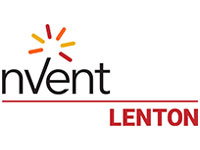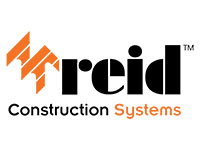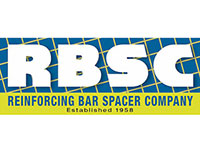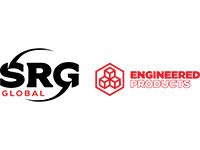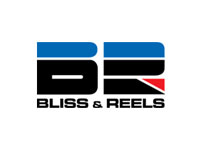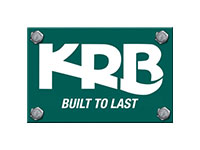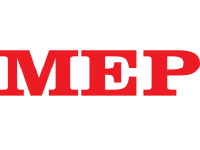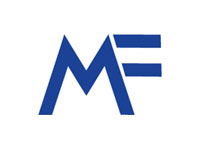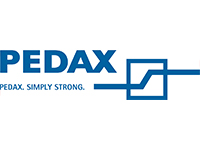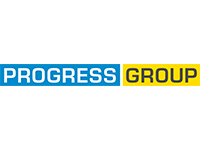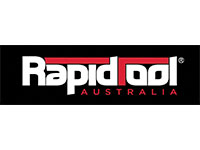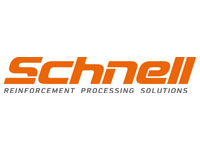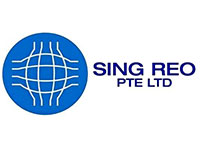EXPERTISE - Tilt up & precast walling systems
Give Your Project The Concrete Advantage
Perhaps the world's most famous precast structure.
Tilt-up has the potential to be the world's No1 building system for low rise (up to 3 storey) with a 12.4% annual growth rate in the USA, alone.
Precast is the major facade material for the high-rise buildings of the millennium. Precast is now used as the structure too! SRIA supports the growth of site-cast tilt-up and factory-cast precast wall panels and structures. That growth has been spectacular right across Australia in every state.
Precast is the major facade material for the high-rise buildings of the millennium. Precast is now used as the structure too! SRIA supports the growth of site-cast tilt-up and factory-cast precast wall panels and structures. That growth has been spectacular right across Australia in every state.


The Steel Reinforcement Institute of Australia
Tilt-up and precast provide the answers to the 21 OBJECTIVES
- Cost
- Constructability
- Performance (under service loads)
- Performance (under ultimate loads
- Appearance
- Fitness for Purpose
- Conformance with Codes
- Speed of Construction
- Adaptability
- Accepted Building Method
- Ease of Expansion
- Reducing Trades
- Speed of Enclosure
- Safety
- Market Acceptance
- Wide Choice of Supply
- Minimum Lead Time
- Security of Enclosure
- Durability
- No Wet Trades

WHAT IS TILT-UP?
Tilt-up construction is a cost-effective building method which achieves the benefits of solid concrete walls quickly and without the need for wall forms or scaffolding.
Ideally suited to many types of building, even housing, this versatile form of construction is gaining widespread acceptance throughout Australia and the
world.Tilt-up has been around since the first mobile cranes were developed in the 1920's, it even predates this by the use of tilt-tables on
site right back as far as 1912.
It has come a long way since those early days. Mobile cranes are now available in every town. In the cities there are cranes with capacities of
400 tonnes.

SOME TILT-UP RECORDS
By 1998 in the USA the 14 millionth panel was cast, enough to circle the globe twice over if the panels were placed end to end. In Australia, we could cross the continent if we joined all the panels we have cast.How about a panel weighing 264 tonnes!
How about panels 28 meters high!
How about the world's biggest warehouse in Tilt-up - it's big enough to fit 34 football fields under one roof. If you go to Columbus, Ohio, you
won't miss it. It has a cousin at Stuarts Draft, Virginia which is only big enough to fit 33 football fields. This building is a Target warehouse.

High quality concrete finishes can easily be achieved on complicated elements-such as these circular columns
WHAT IS PRECAST?
Precast concrete construction is a cost-effective building method using factory cast concrete elements as facade panels, or as key structural elements including floors, columns, beams, walls.There are few places that precast can not be found.
Bridges and engineering structures are significant uses for precast concrete.
We find precast in landscaping as seating, paving, and garden elements.

WHERE IT BEGAN
That is where the whole industry started - making precast garden ornaments! Back in the 1850's a Frenchman named Joseph Monier wanted to find a way to make garden ornaments other than having to carve them out of solid stone.
He hit upon the idea of using that newfangled portland cement (just invented by Aspden in England) but found it was too brittle. His contribution was to
use steel as reinforcing in his ornaments.
Look what he spawned:
The precast industry and the steel reinforcement industry!
NOW THERE ARE OVER 700 PRECASTERS IN EUROPE, AND MANY IN AUSTRALIA

PRECAST FINISHES
Anything that can be made in concrete can be made in precast, and usually better. Factory control allows the precast manufacturer to maintain quality and consistency. This is vital where the concrete is to be seen.
The finishes available can equal the finest quality natural stone, using colored aggregates and complimentary sand fines. Inorganic mineral oxide
colour pigments are available to enhance the appearance of exposed aggregate or polished concrete panels.
Click Here for more information

